Tools of the Trade | 7 Things Every Jewelry Making Supplier Should Have on Hand
By: Sawyer Wood
Jewelry making is a skillful craft, one that takes a lifetime to truly master. But while becoming a pro at it requires years and years of practice and patience, the threshold for entry into the trade itself is actually remarkably low. All one really needs is a bit of creativity, willingness to learn, and a few tools of the trade to get them started. Yet, jewelry making suppliers don’t always have all the right inventory on hand to ensure beginners and experts alike are set up to thrive.
Making both their jobs harder and reducing potential profit/business on your end, that clearly needs to change ASAP. It’s a good thing then that the solution is ridiculously easy. You just need to know what creators are actually looking for and make it a priority to meet this demand. No problem... except for one thing: what do jewelry makers want? It varies depending on who you ask, but here are a few of the most essential jewelry making supplies that crafters and producers can’t do without and every supplier should always have on hand.
Charms
Necklaces, earrings, and rings - these jewelry mainstays are the cornerstone of any good jewelry shop. They are, after all, the foundation most designs build off of, riff from, to create accessories that are unique, creative, and something people will love to wear day after day. But because they are that foundational element, they’re also pretty plain on their own. They really need something extra, personalized to make them pop. Charms just so happen to be one of the best ways to do this.
Seriously, just one charm can dramatically transform a plain chain or other basic jewelry, turning it from boring and bland to soft and delicate, bold and bright, or something else entirely. Jewelry craftsmen know this and thus use everything from geometric shapes to gold-filled zodiac signs to create products people will love. So, as a jewelry making supplier, you’d be remiss not to have a wide range of charms in your inventory. It’s what the people want, so it’s what they should get!
Earrings
From the time of our earliest ancestors, earrings have been a thing. They’re indeed perhaps one of the most common and popular types of jewelry out there, offering some extra style but (often) in a subtle way. And more people just keep jumping on the bandwagon as the wheel of time keeps moving. Interested in profiting from this collective interest? Then we’d highly encourage you to keep several types of earrings in your supply rotation at all times.
Considering how many kinds of earrings are out there, we do get that it’s a little hard knowing what to zero in on, though. Our advice? Focus first on acquiring a steady stream of basic hinged hoops and small studs. These are total classics that won’t ever go out of style, keeping your sales steady and allowing for tons of different metal types, colors, shapes, and designs.
Jump Rings
Try to form in your head of necessary jewelry making supplies and you’re probably going to do well getting the bulk of it. Charms, pliers, wire, chain, each of these is sure to be accounted for. However, folks often forget that in order to actually include any charms, pendants, or other decoration, they must actually have a way to attach them. And if that’s not built right into the the design, jump rings will become an absolute must.
Still new to the game and don’t know what jump rings are? Well, they’re essentially just little rings of metal that allow you to connect two or sometimes more items together. Commonly used to keep keys together, they’re also awesome for making easy on/off charms, attaching clasps to a length of chain, or crafting those fun dangly pendant earrings that have become real accessorizing staples. Basically, they’re insanely useful and smart inclusions for any jewelery making supplier’s catalog.
Chain
The first step in making any piece of jewelry is having an idea, or at least, having a vague concept of what you want to create. Yet, the second step? Getting the materials so that can come to fruition rather than take up unnecessary space in your brain. There’s no shortage of stuff one can use, leather, wire, rubber, yarn, and more all finding use in accessories. But if there’s one specific material that you absolutely shouldn’t go without, it’s actually chain.
Why? Chain can be used for practically anything. Even lesser utilized accessories like anklets or arm bands can be crafted beautifully as long as you’ve got chain, plenty of time, and an imagination. Basically, chain is ultra versatile and, even better, can be bought in whatever form required. Want hypoallergenic? Need yards and yards at a time? Interested in stocking both thick, chunky jewelry as well as thin and delicate? You’ll find chain that’s the ideal match.
Basic Tools
It should go without saying that we’re big fans of jewelry DIY here. There’s something so fun about someone creating an entirely new, personalized accessory from other bits and bobs. It’s empowering, really, to make a product with one’s own hands, to turn a rough concept or mind’s-eye image into a finished piece that’s actually wearable. There’s a “but” here, though - but that process calls for a quite a few tools.
Unsurprisingly, wire cutters come in at the top of the importance scale, especially for those who prefer buying materials in bulk rather than in individually cut lengths, but they truly are a no-brainer across the board since they’re needed to cut chain, cord, wires, and practically everything else that’s used to craft jewelry. Although several other jewelry making supplies are must-haves, too, including round nose pliers, needle nose pliers, a flash cutter, ruler, disc punch, and jeweler’s saw. With all these at one’s disposal, there will certainly never be any worries about lacking something to cut, crimp, or shape.
Rings
From your averaged married folks to world famous rock stars to trendy fashionistas, nearly everyone loves a good ring (or six). They add a dash of personality to every outfit; are available in designs either toned down or attention-drawing; and are generally just a great way to express oneself. They can also bring in significant amounts of cash for the people who sell them, making them smart items to invest in, create, and design.
As jewelry makers and suppliers, it’s honestly recommended to keep more on hand than you’d expect as demand for good rings is always high, and be sure to stay mindful about variety. Even more than other jewelry, ring tastes vary wildly from person to person, and you’ll want to have as many options as possible to attract as many customers as possible. Gold or gold-filled, rose gold, sterling silver, and perhaps stainless steel should all be represented throughout your designs with non-gemstone and cubic zirconia options up for grabs along with as many ring shapes and styles as possible. The market’s broad. Appeal to the largest pool of it you can!
Clasps
Okay, we’ve covered jump rings, earrings, charms, rings, and all the tools that are needed to guarantee jewelry can actually be made without resorting to kitchen scissors and whatever rusty pliers you’ve got somewhere in the garage. That still leaves out one piece of jewelry making supplies, though: clasps. These things are a non-negotiable for any supplier, or jewelry-lover for that matter since duct tape and hope are your main - if terrible - alternatives for keeping jewelry on and secure.
As you’d anticipate, there are many types to choose from and they’re all good to have knowledge about. But if you are looking to stick with the most used and appreciated ones, lobster claws and spring rings will probably be your closures of choice. They’re very reliable, unlikely to break, and cost effective.



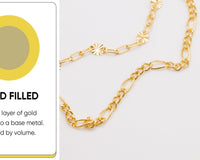


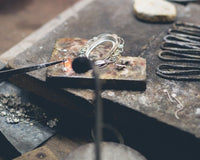







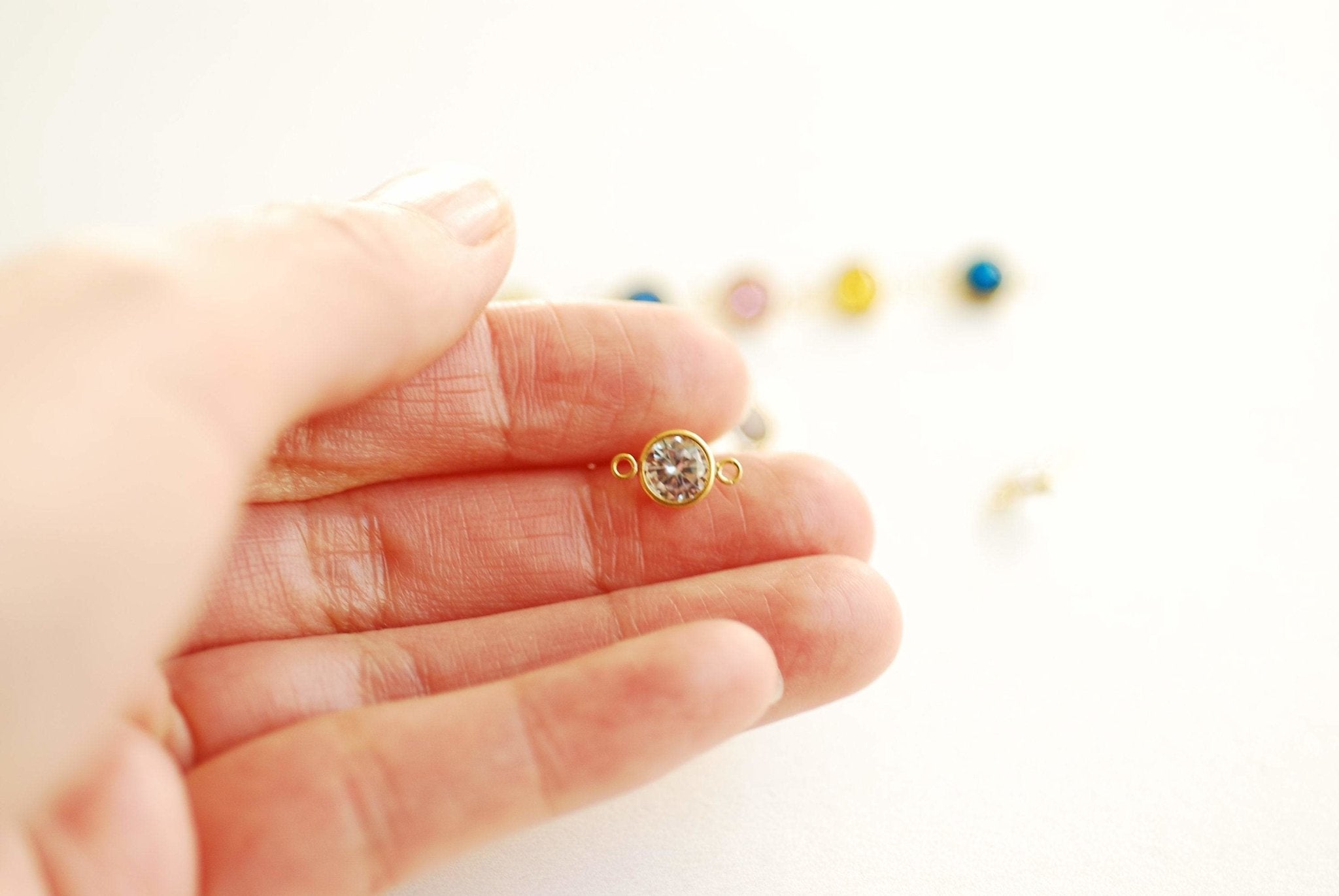


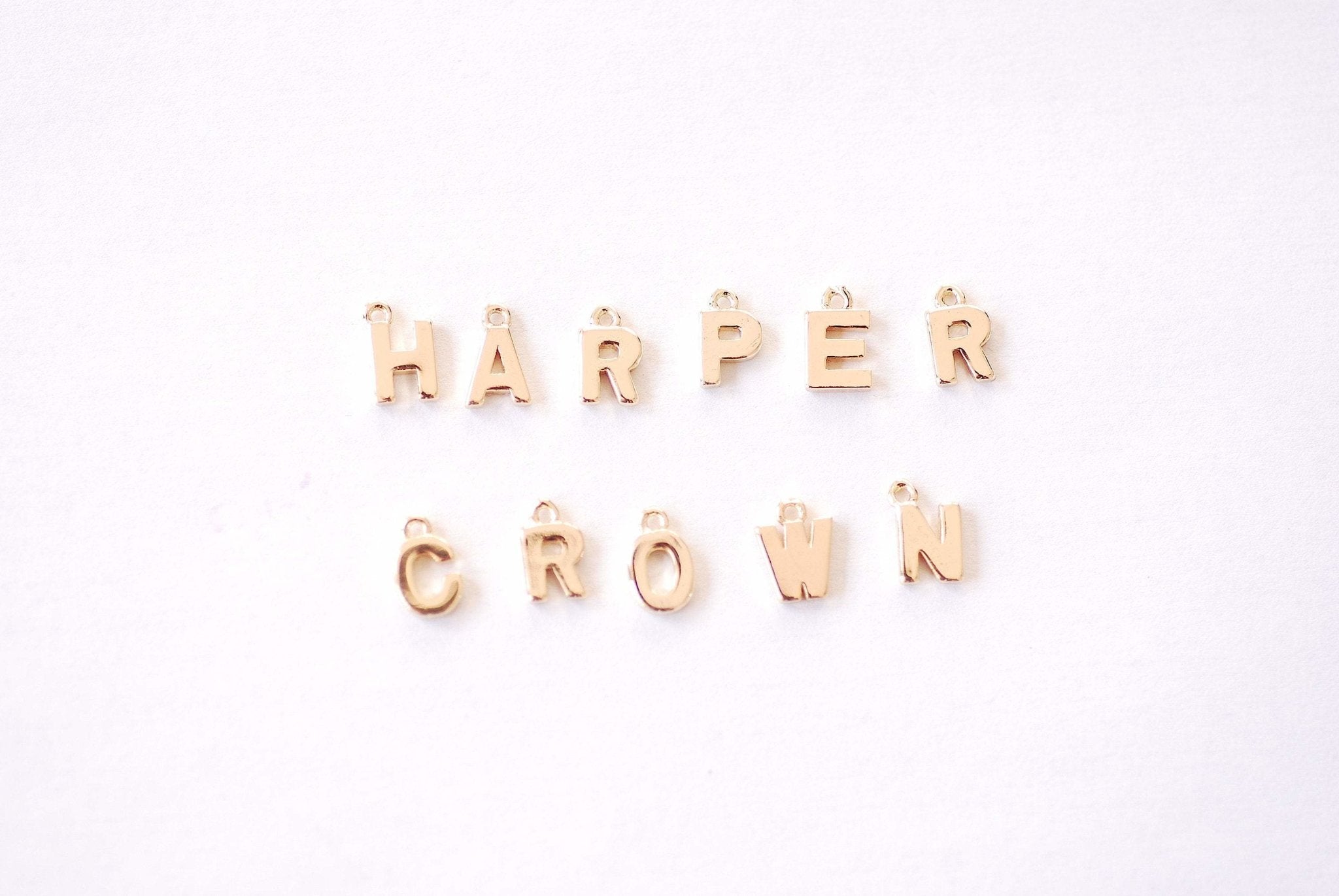


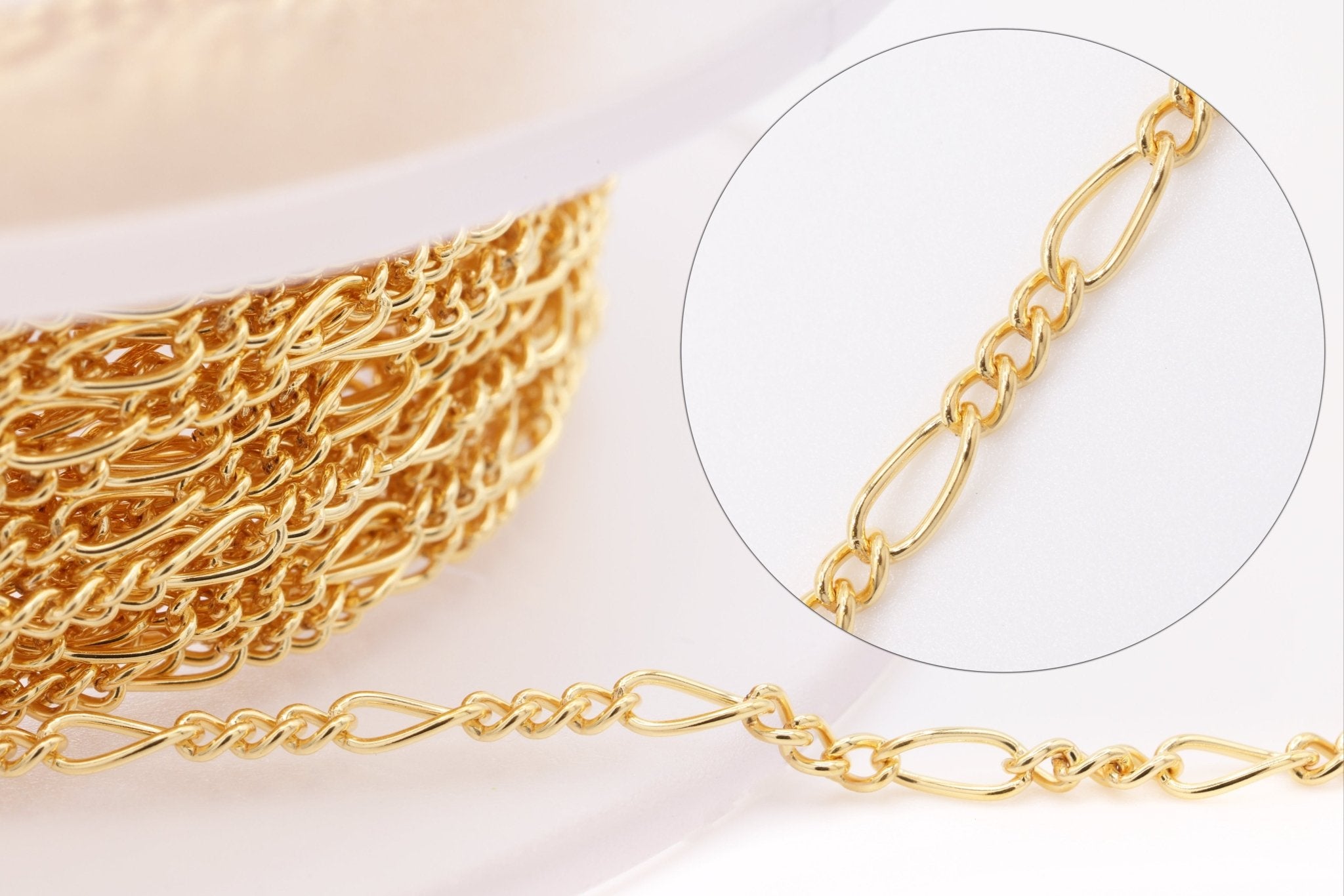


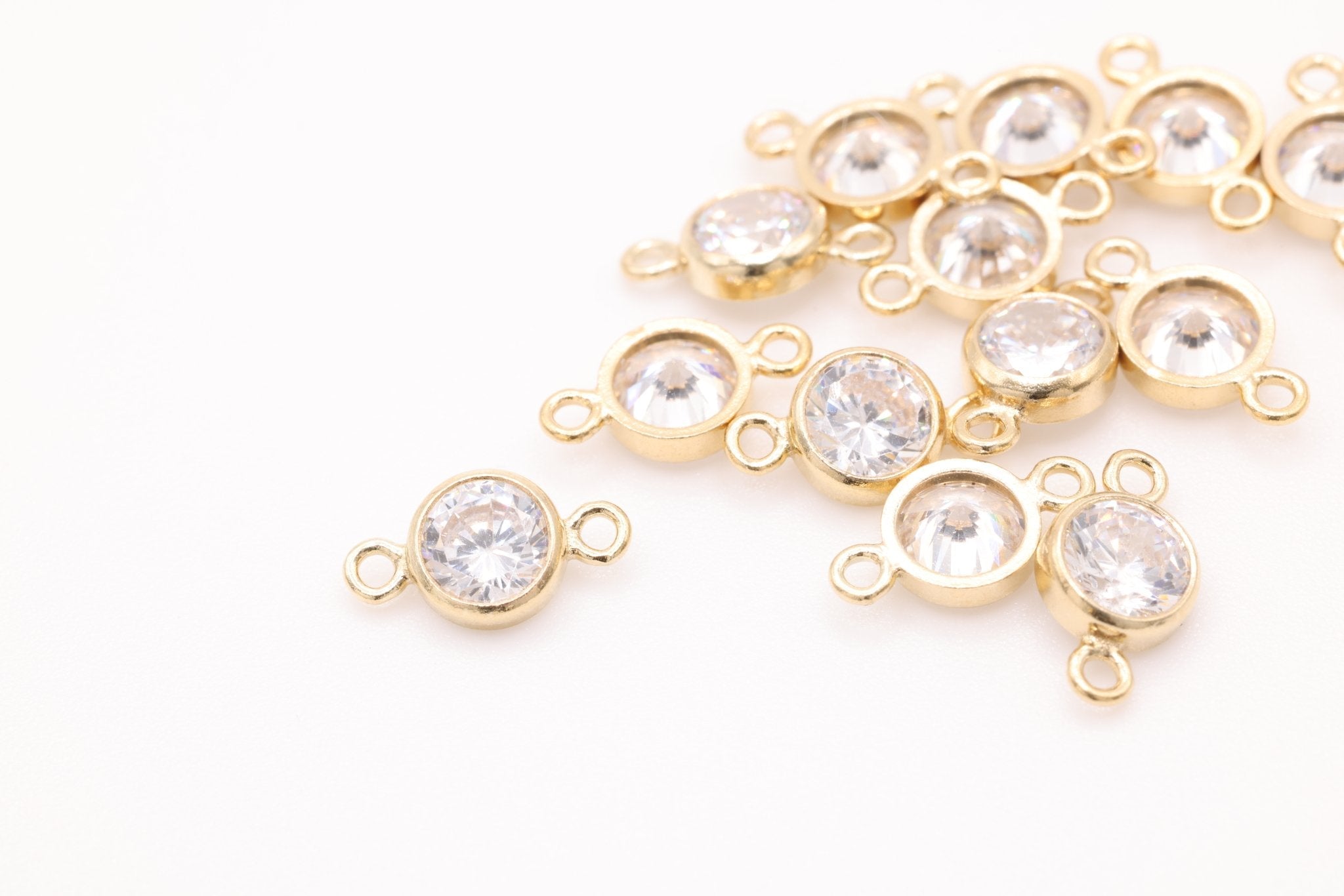
![Gold Filled Beaded Ring, Gold Silver Stacking Ring, Hammered Bead Ring, Gold Dot Ring Midi Ring Gold Filled Flat Beaded Ring Minimalist [30] - HarperCrown](http://www.harpercrown.com/cdn/shop/products/gold-filled-beaded-ring-gold-silver-stacking-ring-hammered-bead-ring-gold-dot-ring-midi-ring-gold-filled-flat-beaded-ring-minimalist-30-568879.jpg?v=1634159908&width=2048)
![Gold Filled Beaded Ring, Gold Silver Stacking Ring, Hammered Bead Ring, Gold Dot Ring Midi Ring Gold Filled Flat Beaded Ring Minimalist [30] - HarperCrown](http://www.harpercrown.com/cdn/shop/products/gold-filled-beaded-ring-gold-silver-stacking-ring-hammered-bead-ring-gold-dot-ring-midi-ring-gold-filled-flat-beaded-ring-minimalist-30-638411.jpg?v=1634159908&width=2048)





